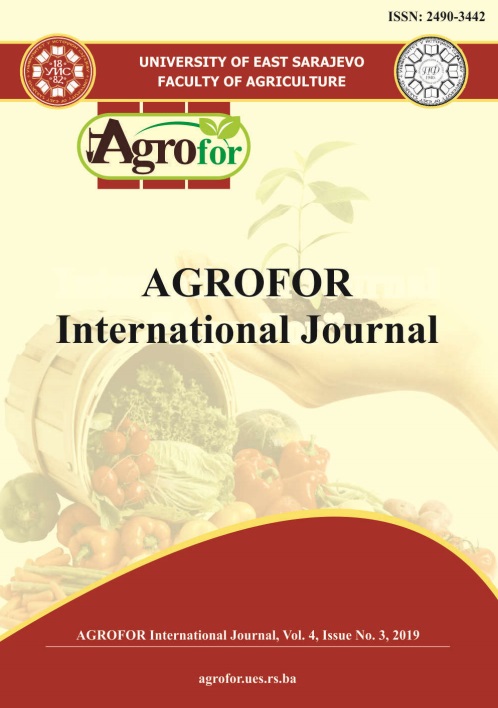GENETIC DIVERSITY STUDIES OF LATVIAN VACCINIUM MYRTILLUS L. POPULATIONS FOR IN SITU CONSERVATION
DOI:
https://doi.org/10.7251/AGRENG1903053GAbstract
Plants and berries of bilberries (Vaccinium myrtillus L.) are traditionally used in many nations as a local medicine as well as edible plants. They are an important feed source for wild animals and birds. In situ conservation is an important component for the conservation of crop wild relatives (CWR) and wild harvested plants (WHP). Research on population structure and genetic diversity is important and is required for the development and implementation of in situ conservation strategies as well as being useful for ecosystem services management. The aim of this study was to test EST-SSR markers for bilberry genotyping and determine genetic diversity in different forest types – Vacciniosa, Myrtillosa, Hylocomiosa as well as compare populations from various regions of Latvia. Our results indicated that there was a small genetic differentiation between bilberries grown in different forest types (0-2%); most of the variation was found within individuals. Analysing populations in different regions of Latvia, 5% of the genetic variation was found among populations. Analysis using the STRUCTURE software package showed
that there were no isolated populations or distinct groups. There was a positive correlation between geographic and genetic distances, indicating that the analysed populations differentiation can be explained by isolation-by-distance, without additional dispersal barriers.

